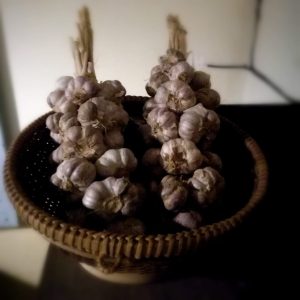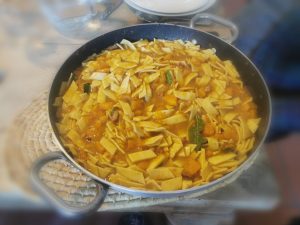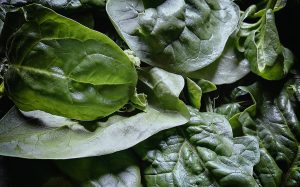Hummus is probably one of the oldest recipes in the world. Probably born in Lebanon, it then spread to all the Arab countries and the Mediterranean area and now has a practically worldwide distribution. The hummus, excluding the countless variants, is very simple and easy to prepare and is a sauce based on chickpea paste and sesame seeds (tahineh) flavored with olive oil, garlic, lemon juice and paprika, powdered cumin seeds and finely chopped parsley.
The result is an accompanying sauce that is very rich in terms of energy and nutrition: iron, fiber, carbohydrates, proteins with a medium biological value of chickpeas, monounsaturated and polyunsaturated fats and tocopherol present in extra virgin olive oil and in sesame as well as vitamins and antioxidants from spices, parsley and lemon.
In a study published in Nutrients (2016 Nov 29: “The Nutritional Value and Health Benefits of Chickpeas and Hummus.”) It turned out that consumers of chickpeas and / or hummus receive a dietary intake of fiber, polyunsaturated fatty acids, vitamin A , E and C, folate, magnesium, potassium and higher iron than those who do not consume this food. Hummus users also showed the highest score in the Healthy Eating Index 2005. The result would derive from the positive role in maintaining body weight and controlling glucose and insulin levels in the blood. In fact another study published in Nutrient J. (2016 Jan 27; Post-prandial glucose and insulin responses of hummus alone or combined with a carbohydrate food: a dose-response study.) Showed that chickpeas and hummus have an extremely low glycemic index .
All that remains is to try the recipe that combines well with the healthy effects of the other foods that make up the so-called Mediterranean diet.













